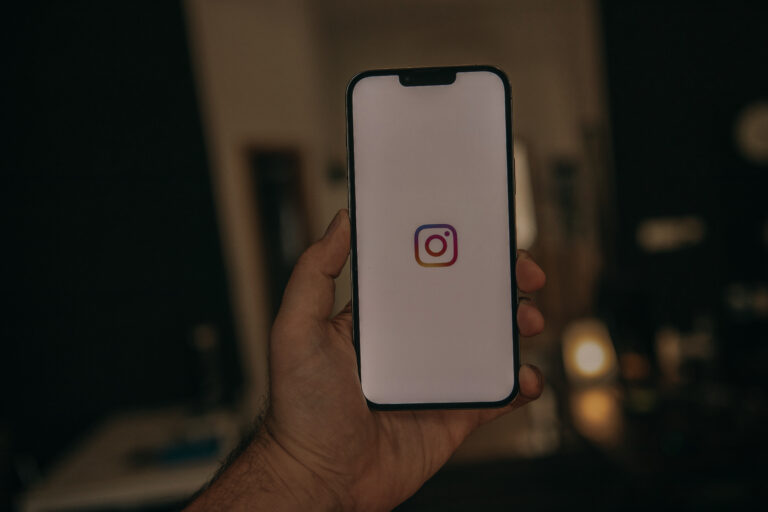Radio advertising has been a cornerstone of marketing strategies for nearly a century. Since its inception, radio has evolved significantly, adapting to changing technologies and consumer behaviors. Let’s explores the journey of radio advertising, highlighting key milestones and its transformation in the digital age.
The Early Days: Birth of Radio Advertising
The story of radio advertising begins in the early 1920s. The first recognized radio advertisement aired on WEAF in New York City on August 28, 1922. The ad, sponsored by the Queensboro Corporation, promoted real estate in Jackson Heights, Queens. This marked the beginning of a new era where businesses realized the potential of radio to reach a broad audience.
During the 1920s and 1930s, radio became an essential medium for advertisers. The affordability and widespread reach of radio made it an attractive platform for brands. Advertisers sponsored entire programs, from soap operas to news broadcasts, embedding their messages within the content. This period, often referred to as the “Golden Age of Radio,” saw radio become a dominant force in American households.
The Golden Age: Dominance of Radio
The 1930s and 1940s solidified radio’s position as a premier advertising medium. Companies like Procter & Gamble and General Mills pioneered radio sponsorships, creating popular programs such as “The Lone Ranger” and “The Guiding Light.” These shows were not just entertainment; they were also powerful marketing tools.
The integration of advertising within programming allowed brands to connect with audiences on a personal level. Jingles, catchphrases, and memorable characters became synonymous with certain products. For instance, the catchy jingle for Wheaties, “Have you tried Wheaties? They’re whole wheat with all of the bran,” became a household tune.
The Television Era: Competition and Adaptation
The 1950s brought a significant shift with the advent of television. As TV became more popular, radio had to adapt to maintain its relevance. While television advertising quickly gained prominence, radio didn’t fade into obscurity. Instead, it evolved.
Radio stations began to focus on specific formats, such as news, sports, and music, catering to niche audiences. This specialization allowed advertisers to target their messages more effectively. The rise of car culture in the 1950s and 1960s also contributed to radio’s sustained relevance. With more people spending time in their cars, radio became a vital source of entertainment and information during commutes.
The Digital Revolution: Radio in the Internet Age
The late 20th and early 21st centuries saw the rise of digital technology, fundamentally transforming radio advertising. The internet introduced new platforms and opportunities for radio broadcasters and advertisers alike. Online streaming services, podcasts, and digital radio stations expanded the reach of traditional radio.
Streaming platforms like Spotify and Pandora allowed advertisers to target specific demographics with precision. Programmatic advertising, where ads are automatically placed based on user data, became a game-changer. This shift enabled advertisers to deliver personalized messages to listeners, increasing engagement and effectiveness.
Podcasts emerged as a powerful medium, blending the intimacy of radio with the convenience of on-demand listening. Brands began sponsoring podcasts, creating native advertisements that felt more like conversations than traditional commercials. This approach resonated with audiences, leading to higher engagement rates.
The Future of Radio Advertising
As we look to the future, radio advertising continues to evolve. The integration of artificial intelligence (AI) and data analytics is enhancing the way ads are created and delivered. Voice-activated devices like smart speakers are opening new avenues for interactive advertising, allowing listeners to engage with brands in real-time.
Radio remains a resilient and adaptable medium. Its ability to evolve with technological advancements ensures its continued relevance in the advertising landscape. While the platforms and delivery methods may change, the core principle of connecting with audiences through sound remains steadfast.
Conclusion
From its humble beginnings in the 1920s to its current digital incarnation, radio advertising has undergone a remarkable evolution. Each era brought new challenges and opportunities, driving innovation and adaptation. Today, radio advertising is more dynamic and targeted than ever, leveraging digital technology to reach and engage audiences in meaningful ways. As we move forward, radio’s rich history of evolution and innovation promises an exciting future for advertisers and listeners alike.






